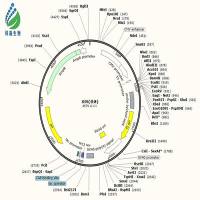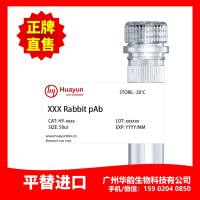Fluorescence In Situ Hybridization on DNA Halo Preparations and Extended Chromatin Fibres
互联网
603
Although many fluorescence in situ hybridisation (FISH) protocols involve the use of intact, fixed nuclei, the resolution achieved is not always sufficient, especially for physical mapping. In light of this, several techniques are commonly used to create extended chromatin fibres or extruded loops of DNA. As a result, it is possible to visualise and distinguish regions of the genome at a resolution higher than that attained with conventional preparations for FISH. Such methodologies include fibre-FISH and the DNA halo preparation. While fibre-FISH involves the stretching of chromatin fibres across a glass slide, the DNA halo preparation is somewhat more complex; whereby DNA loops instead of chromatin fibres are generated from interphase nuclei. Furthermore, the DNA halo preparation coupled with FISH is a useful tool for examining interactions between the inextractable nuclear matrix and the cell’s genome.
In this chapter, we describe how to successfully generate extended chromatin fibres and extruded DNA loops. We will also provide detailed methodologies for coupling either procedure with two distinct FISH procedures; 2D-FISH, which allows for the visualisation of specific chromosomal regions, while telomere peptide nucleic acid (PNA) FISH, enables the detection of all telomeres present within human nuclei.









